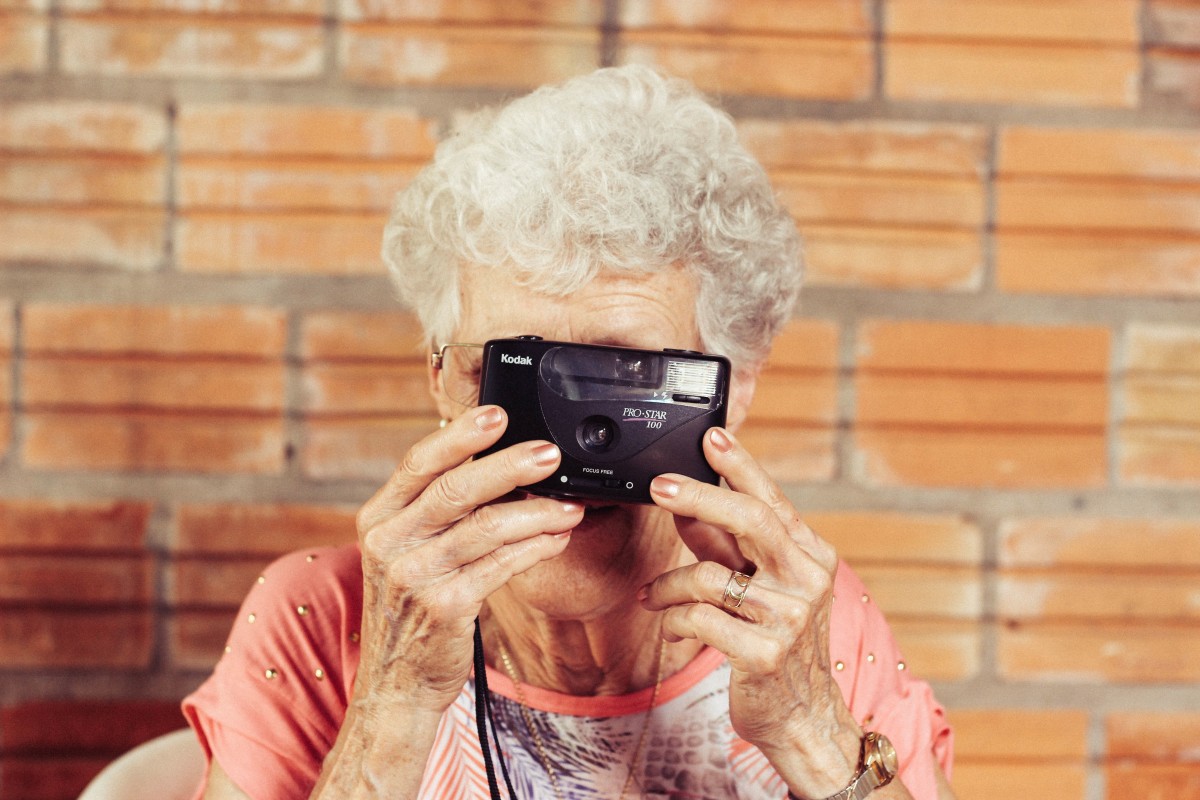My biggest struggle this semester has been organisation. I have been doing alot of things at the last minute, which I will try to improve on next semester. My greatest strength this semester has been technical work and submitting initiative blog posts. I have improved the most in doing group work, because every single class’ assessment piece this semester has been a group assessment. I’m basically a complete expert now.I need the most improvement in my motivation and general initiative to do work. In the grand scheme of things, however, I am in the very complicated process of moving house and also have had to find a new job in that time and so alot of my energy was sapped during this semester.
This second half of semester has been an arduous one to get through. Completing the PB4 group assessment was more difficult than expected. I felt as though we were thrown into the metaphorical deep end of group work, in the sense that we were given a very large assessment to complete together and that what we were asked to do ultimately was communicated to us in a distinctly vague way. Essentially, we were told to make a video and audio essay on Mediums and Technology, but it took us a while as a group to narrow down what was meant by that prompt until we finally decided to talk about photography, smartphones and Instagram. Next semester, I will make an effort to be more organised in preparing for an assessment.
While I did do the readings on Mediums and Technologies in an earlier week (http://www.mediafactory.org.au/harriet-read/2016/04/30/my-take-on-medium-theory/), looking back I realise that we did little to discuss how communication of a message affected an audience or viewer based on the actual medium that the message was given in.
One of the more interesting lectorials that I recall from this semester has been the one on Copyright (http://www.mediafactory.org.au/harriet-read/2016/05/02/my-take-on-copyright/).
I also was interested in the lectorial on broadcast media culture (http://www.mediafactory.org.au/harriet-read/2016/05/02/my-take-on-broadcast-and-the-post-broadcast-paradigm/) because I am very interested in human psychology and its relevance to media.
I found this half of semester that I was able to make clearer links between my classes, in particular to New Media New Asia with Terry Johaal. In this post (http://www.mediafactory.org.au/harriet-read/2016/05/03/basic-comms-101-by-me/) I highlighted some aspects of this class that interested me and will remain relevant in my core studies.
Finally, I had a look into my stronger suit of cinema studies and made this post about my thoughts on what makes a horror movie a) good and b) scary. (http://www.mediafactory.org.au/harriet-read/2016/05/30/my-take-on-why-good-horror-is-scary/)





